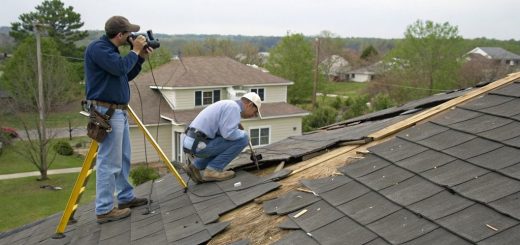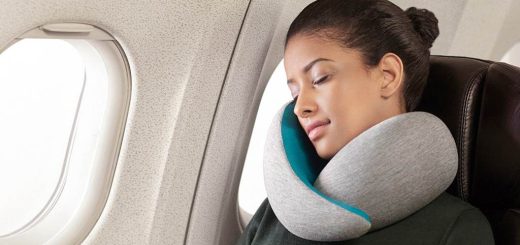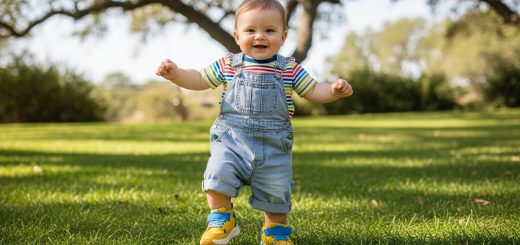Baby’s breath, what you need to know to keep it under control
The first few weeks of the child’s life can be a source of anxiety for parents. Who needs to learn about it. The interpretation of the breath of the newborn, as well as of crying, is among the aspects that can concern the mother the most.
Sometimes newborns, especially during sleep, breathe without emitting any noise so much that they push parents to check them often. At other times, breathing is noisy and irregular. When should you worry? Here are the tips for baby’s breath, what you need to know to keep it under control.
How the baby’s breath works
First of all, it is necessary to know that babies breathe exclusively with the nose. And that a newborn breathes faster than an adult: the capacity of the small lungs to store air is reduced precisely because of their size. If it is normal for an adult to take 18-20 breaths a minute, a newborn breathes in and out between 40 and 60 times.
In addition, newborns breathe with the diaphragm, a feature that fades with growth around 6-7 years. When children acquire thoracic breathing, like adults.
The breath of the newborn is subject to a variety of rhythm that takes the name of periodic respiration. And is articulated as follows:
-first, a normal breath is emitted
-then a sequence of breaths at a very accelerated rate
-then a pause and then again a normal breath.
-This is a typical respiratory “anomaly” that should not worry, it will tend to gradually disappear with growth and improvement of brain development.
-Not infrequently the baby’s breath is noisy and may appear labored. This is due to:
of the structure of the nasal cavities, through which the passage of air translates into a noise
-air flowing over the saliva accumulated in the back of the throat. Infants, in fact, are unable to clear their throat.
Check the baby’s breath of the newborn
To better control the breath of the newborn it is advisable to pay attention to these signals:
The breaks. During periodic breathing, make sure that the breaks. During which the child does not breathe completely, last no longer than two seconds and that the child’s color does not change. When a serious respiratory problem occurs, in fact, the color of skin. And mucous membranes of the child may vary, tending to bluish. And this indicates a lack of tissue oxygenation.
The respiratory rate. Breathing must also return to normal spontaneously. If the infant continues to breathe too quickly, with a respiratory rate of more than 60 acts per minute. It means that there is a respiratory problem, as well as if the breathing pause reaches and exceeds ten seconds. During crying, for example, it is normal for the child to breathe more quickly. But when the situation normalizes, the frequency must be lowered.
The intercostal breaths. Another sign to be reckoned with is intercostal breaths, indicating difficulty in getting air into the lungs. A respiratory infection or an asthma crisis can cause breathing difficulties. So the newborn tends to compensate by using the intercostal muscles: at the border point between the thorax and the abdomen. There are therefore visible respiratory movements that have the appearance of recesses, called intercostal breaths.
The moans. Even if the baby makes noises similar to a groan. It is likely that there are breathing difficulties: the moan, in fact, helps to keep the air in the lungs.
Cough and dilated nostrils. Other possible signs of respiratory difficulties are the dilated nostrils. Which indicate the difficulty of the newborn to let in sufficient air into the lungs. And the cough that can sometimes also indicate the presence of a digestive anomaly.
Infections. If the noisy breath occurs in a child younger than two months, with a cold that inflames the upper respiratory tract and abundant mucous, special care must be taken. In very young children, in fact, a common cold can in some cases evolve rapidly in bronchiolitis, an infection of the small bronchi. If there are breathing difficulties with constant accelerated breathing, difficulty in feeding. Or changing the color of the lips, the child must be urgently evaluated by the pediatrician.
Wheezing in newborns
When the baby hisses slightly during breathing, the most frequent cause is a viral respiratory infection. Wheezing may be due to partial airway obstruction due to tissue swelling, mucus or bronchospasm. In these cases, cough, fever or a runny nose may also be present. The situation tends to worsen with the inhalation of irritants, such as smoke.
Wheezing was once interpreted as a sign of asthma whereas today it is known that not all children presenting with these symptoms will become asthmatic adolescents.
Wheezing can, in a child under two months old, in good condition and not cool, be due to an environment that is too dry, typical of when the heaters are on. In this case, it may be useful to humidify the environment and practice nasal washes.
In the case of cooling, the same hiss during sleep may be due to inflammation and narrowing of the small bronchi. This case, it is instead necessary to consult the pediatrician.
In general, to facilitate breathing in children it is important to try to keep the respiratory tract clean with nasal washes with saline solution, humidify the rooms, absolutely avoid exposure to smoke and do not stay close to the children after smoking, with clothes that they are soaked. Infantile mucous membranes, in fact, are very sensitive and reactive with respect to external stimuli, and inflammation and mucus production can rapidly increase, interfering with breathing.















